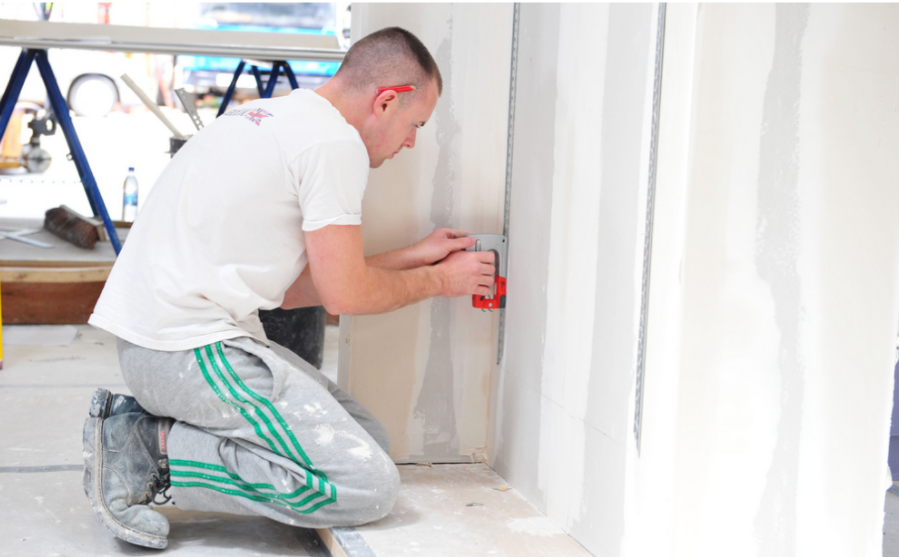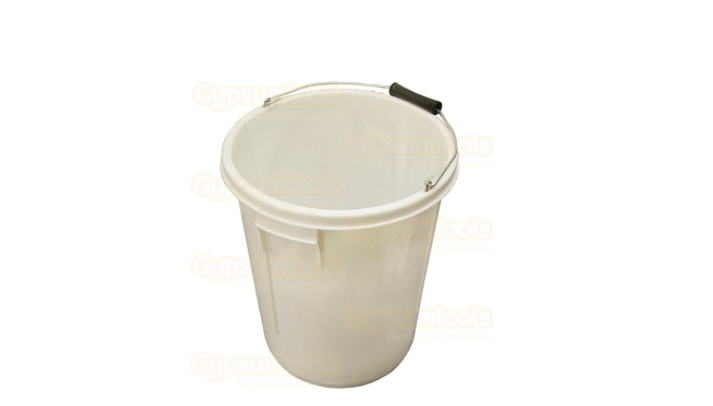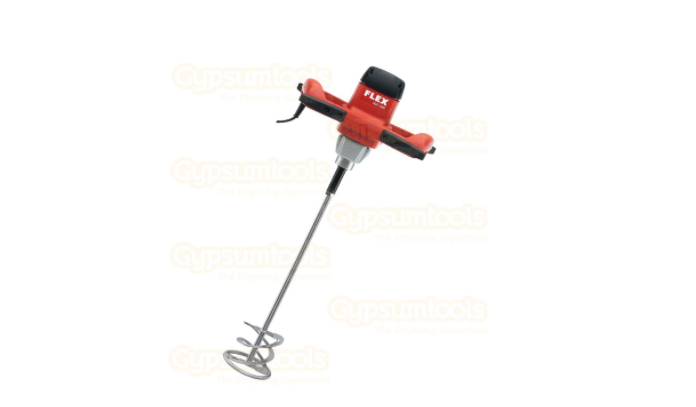If you’re wondering how to mix plaster by hand, how to mix plaster for wall repair or how to make plaster for walls, then you’ve come to the right place! With the correct information and technique, mixing plaster can be simple but mixing it to the correct consistency is hugely important for getting the best results.
Plaster can be crucial for giving walls a smooth and flat finish so you can go ahead and paint them easily. Always remember: start by adding the plaster to the water, never the other way around!
Why? Well how much plaster you will mix is always dependent how much water you start with. Usually, around half a bag of plaster is the most you can apply before the plaster sets if you’re new to the mixing game.
However, always bear in mind that plaster is relatively inexpensive and so it makes sense to mix too much rather than not enough. Try not to mix the plaster up too thickly as this can make it hard to keep plaster flat and to keep it to the correct thickness.
You will want to be spread the plaster as thinly as possible and keep it very flat. A nice thin mix will always produce the best results. One potential pitfall is that the wetter the plaster is, the harder it can be for you to control.
Step 1 – Pour Water Into the Bucket
Pour fresh water into a completely clean bucket that should be more than big enough to hold the complete mix and it should also allow space for the mixing to take place.
Step 2: Add the plaster to the mix
Next, pour half a bag of finishing plaster into the bucket. The composition should be roughly 50/50.
Add plaster (but not all of it). The plaster will sink and a good rule of thumb is to add just enough in the first instance that it begins to heap on the surface of the water.
You should be adding approximately half of your total amount of plaster in the first instance.
Step 3: Mix the Plaster
Next up, you will want to immediately take your drill and paddle to start mixing up the contents of the bucket before you get any lumps that you may struggle to mix out. If you haven’t got a mixer drill, don’t fear! A bit of wood can be used to mix the plaster as long as it’s fairly smooth.
Make sure you complete this step thoroughly and smooth out any parts that are still dry or lumpy. If you’re using a drill, make sure to have it set on a very slow speed so as to stop any plaster splashing up out of the mixing bucket.
Swirl in both directions lifting the paddle up and down making sure to get into every nook and cranny of the bucket.
Step 4: Add more Plaster into the mix
After you have mixed in the first load of plaster to a relatively smooth consistency, start to add more slowly as you mix. Continue to plunge in the mixer drill working out all of the major lumps.
Repeat this process trying not to add too much too quickly.
Step 5: Check plaster consistency
As you near to the finished mix you’re looking for a smooth, almost creamy consistency. If it’s still too watery then simply add more plaster a bit at a time until it feels right.
There is no ‘perfect’ in the consistency of plaster but in general, if you stick a small piece of wood in the mix it should be able to stand upright. Again, add water or plaster to adjust the consistency but try and avoid repeating this step too often. As with everything, knowing how to get this right straight away will come with time and practice.
Step 6: Clean your equipment!
Wash the equipment immediately after use. As tempting as it may be after completing a long and grueling job, never let plaster dry on your equipment as it can be incredibly difficult to remove and can ultimately destroy your tools!
Simply use a wet paint brush to get off the plaster. Note: On a second mix you will want to be aware that any contamination from previous mixes can make your plaster set too quickly and therefore be unusable.
You usually have around 45 minutes to use the finished plaster before it becomes obsolete depending on the temperature and conditions you are in so don’t hang around!
For more plastering tips check out this handy article.



